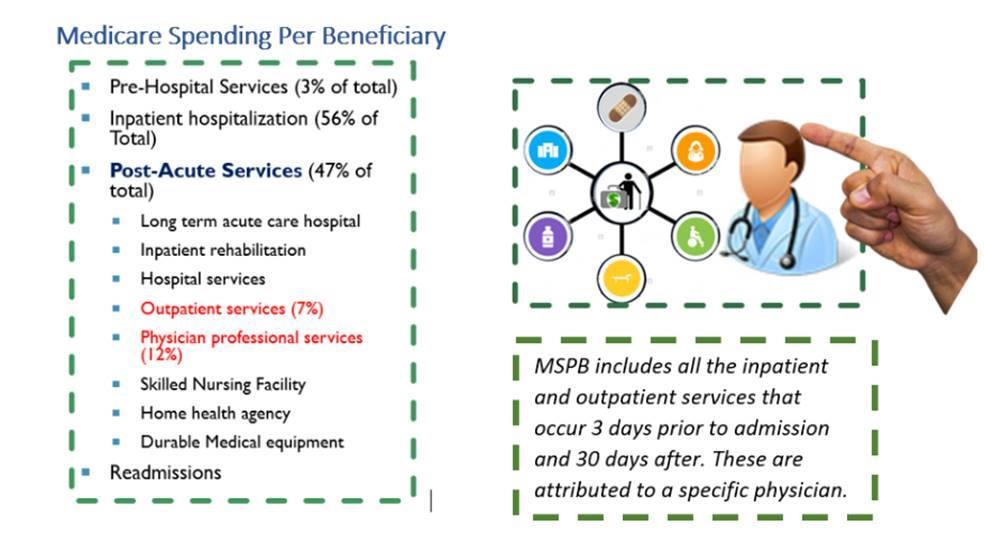A year ago in December 2018, Judge Reed O’Connor, District Court judge for the Northern District of Texas, ruled that no part of the Affordable Care Act (ACA) could stand after Congress passed new legislation that removed the tax penalty for NOT having insurance. Here’s a link to my 2018 blog about this.
Last week on Dec. 18, 2019, a Fifth Circuit appeals panel upheld Judge O’Connor’s ruling, determining that the individual mandate (to buy insurance) under the Affordable Care Act (ACA) is unconstitutional in the absence of a tax penalty. However, the appeals court did not offer a decision as to whether the rest of the ACA remains in force. The ACA mandated that Americans carry health insurance or pay a tax penalty. The ACA survived a challenge in the Supreme Court because the mandate to carry health insurance was determined to be a TAX. Remember, Congress cannot force anyone to BUY anything, but Congress does have the right to levy taxes. When the ACA stopped being a tax, then it became a law that forces people to BUY something, and that is unconstitutional.
I am a big fan of attorney Knicole Emanuel’s blog. She makes the most arcane subjects understandable and even fun to read. Check out her explanation here.
I’m following this issue because the ACA is a massive piece of legislation which controls so many things about healthcare spending that it makes my head explode. The Kaiser Family Foundation has an incredible summary of all the aspects of the ACA. The table provided here gives you some indication as to why the Fifth Circuit got cold feet when it came to deciding if ALL of the ACA has unraveled.
I will point out only one of the element of this sweeping legislation which was to establish a pilot program for Medicare bundled payments. I’ve explained how that is a very big mess for wound management practitioners who are held accountable for costs that have nothing to do with them. Here’s the description in the ACA:
“Establish a national Medicare pilot program to develop and evaluate paying a bundled payment for acute, inpatient hospital services, physician services, outpatient hospital services, and post-acute care services for an episode of care that begins three days prior to a hospitalization and spans 30 days following discharge. If the pilot program achieves stated goals of improving or not reducing quality and reducing spending, develop a plan for expanding the pilot program. (Establish pilot program by January 1, 2013; expand program, if appropriate, by January 1, 2016)”
And here’s how that looks (for more on this, see my blog on Counting the Cost and a Roadmap to Survival):

The way this is being implemented is one of the reasons that wound management practitioners are doomed (see my blog on the Handwriting on the Wall). We DO need to figure out how to stop providing medical care in silos, and I don’t dispute that episode-based payment might be a way to do that. However, I am pointing out that without a specialty code for Wound Management, wound management practitioners are being held accountable for episodes of care because they are mistaken for the primary care doctor. We are being “framed” for all the healthcare costs of our sick patients. (And that’s why we need to get out the message that non-healing wounds are a chronic disease and not something we can “fix” 95% of the time in 4 weeks…) Unfortunately, we have a set of new and bigger problems stemming from the most recent Medicare Physician Fee Schedule final rule and these new “MIPS Value Pathways.”
Whether wound management survives has got a time horizon of 3 to 5 years. However, I got new a healthcare insurance policy this month. If you are like me, your insurance deductible is $5,000 per year and it costs you more than $700 a month to insure your family. THAT is due to the ironically named “affordable” Care Act which caused your premiums to be determined, not by your personal healthcare problems, but the aggregate of everybody (called “community rating”). Thanks to the ACA, I am now paying the cost of insuring my sick neighbors.
I have another news flash, if you think you are paying a lot for health insurance now, wait until it is FREE (under Medicare for All).

Dr. Fife is a world renowned wound care physician dedicated to improving patient outcomes through quality driven care. Please visit my blog at CarolineFifeMD.com and my Youtube channel at https://www.youtube.com/c/carolinefifemd/videos
The opinions, comments, and content expressed or implied in my statements are solely my own and do not necessarily reflect the position or views of Intellicure or any of the boards on which I serve.



